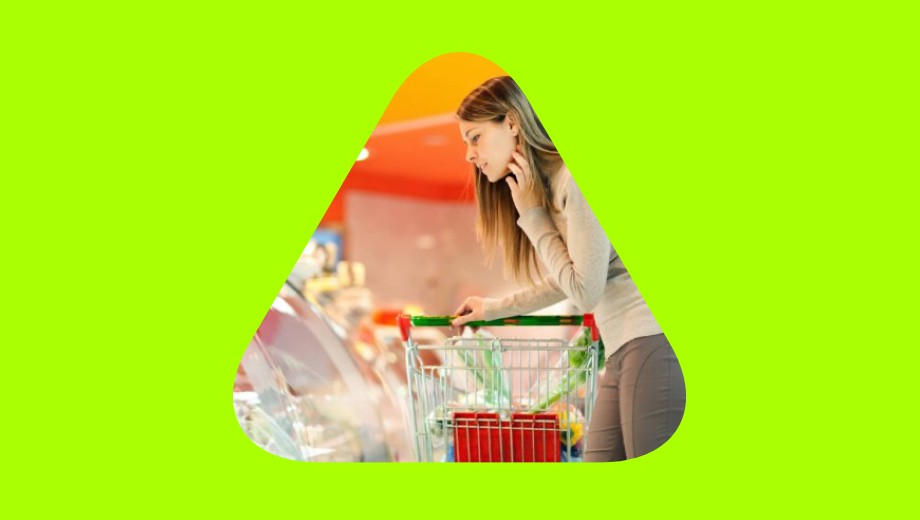When temperature-sensitive goods get treated roughly in supply chain environments, temperature loggers and sensors face a challenge they often can’t meet. Maxdura® Thermologger, Smartrac’s new high accuracy semi-active UHF RFID temperature logger can, opening new possibilities for cold chain applications in food, pharma and other segments
The recently launched Maxdura® Thermologger combines the specific strengths of two successful product ranges: Smartrac’s Maxdura Hard Tags and Temperature Logger NFC. The former offers market-leading hard tag performance, and are available in various designs and form factors, with ICs from leading manufacturers such as NXP, Impinj and EM Microelectronic. Temperature Logger NFC is a battery-powered label solution for accurately logging temperature data in temperature-sensitive supply-chain applications.
Robustness, cost-efficiency and accuracy
Maxdura Thermologger offers similar capabilities in the form of a cost-efficient, hard tag solution – with two main additional benefits optimizing it for use in demanding and harsh industrial environments. The new product has been built for resistance to dust, chemicals and mechanical stress as well as protection against temporary immersion in water enabled by an extra-rugged sealed ABS casing with IP68 rating. Equipped with EM Microelectronic’s EM4325 EPC Gen2 IC with integrated temperature sensor, and a long battery life (three years or five use cycles), Maxdura Thermologger can be easily integrated into existing RAIN RFID (UHF) reader setups used for item management applications.
For fulfilling its cold chain and industrial temperature logging role, the new product also incorporates eponymous temperature data-logging capabilities based on its sensor functionality. Combining a scalable log memory, an operating temperature range from -30°C to 60°C (- 22°F to +140°F), and an accuracy of up to ±0.1 °C, Maxdura Thermologger fits the widest possible array of application needs. That also applies to the temperature measurement intervals which can be set between 1 second and 24 hours.




